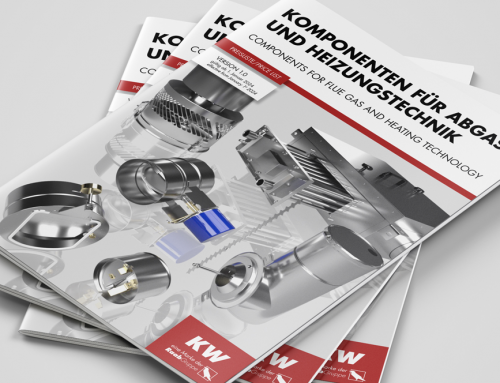Fine dust filter in the hessenschau on Hessian TV
Under the title “Wie Millionen Holzöfen nach 2024 weiterlaufen könnten“ (“How millions of wood stoves could continue to operate after 2024”), the Hessian Broadcasting Corporation has published on its website a report from the hessenschau of 24.1.23, 6.25 p.m., in which the effectiveness of electrostatic fine dust filters or fine dust separators is documented on the basis of a measuring station. In the programme, Axel Friedrich, chemist and environmental advisor to the German Environmental Aid, demonstrates the effectiveness of electrostatic fine dust separation with his measurement results.
The combustion of biomass fuels is considered almost CO2 neutral. However, combustion produces fine dust that is harmful to health. At the end of 2024, the next stage of the 1st BImSchV will introduce stricter exhaust gas values for wood stove furnaces in Germany. The regulation affects appliances built up to and including March 2010, which means that around nine million single-room fireplaces could go out if appropriate measures are not taken.
If the emission values of a single-room fireplace are above the legal limits or the year of construction no longer complies with the legal requirements, there is a threat of decommissioning. Then there are only two options for the operator: new stove or heating insert or retrofitting a fine dust separator. The first alternative is usually costly. The retrofitting of an electrostatic fine dust separator, on the other hand, is often the simpler alternative to be allowed to continue operating stoves or tiled stoves without extensive conversion work. Even without a decommissioning notice, fine dust separators are a valuable contribution to environmental protection, even for newer fireplaces, as they bind up to 90 percent of the fine dust into coarse dust.
All Kutzner + Weber fine dust separators of the Airjekt 1 series are based on the principle of electrostatic separation. With this principle, the flue gas passes through a charging path generated by an electrode in the particle separator. The particles are electrostatically charged, they agglomerate or combine and condense and are deposited on the inside of the flue pipe or chimney. This creates a dust layer of coarser particles that can be removed by the chimney sweep or operator himself.
Die Airjekt 1-Feinstaubabscheider sind besonders effizient und einfach zu installieren, sowohl im Neubau als auch in der Nachrüstung. They can be used for tiled stoves, fireplaces and chimney stoves as well as for boilers. The Airjekt 1 fine dust separators achieve up to 90 percent fine dust separation in fine dust and are used in automatically and manually fed wood-burning stoves up to 50 kW.
Permanently installed fireplace and tiled stove inserts with a decommissioning notice may be retrofitted with Airjekt 1 in accordance with 1st BImSchV § 26 paragraph 4 and continue to be operated. Free-standing stoves can also continue to be used with the Airjekt 1 and with additionally proven compliance with the CO value via a type test or an on-site measurement.
Four models are available for different installation situations:
- Airjekt 1 Basic – the standard solution for indoor use. For stoves, tiled stoves, fireplaces and boilers.
- Airjekt 1 Outdoor DW – the solution for outdoor use, installation in external double-walled stainless steel chimneys.
- Airjekt 1 Ceramic – the under-roof solution for domestic chimneys by mounting in the cleaning door. For mineral chimney systems and masonry chimneys also without inner pipe.
- Airjekt 1 Outdoor Top – for installation directly at the chimney mouth
You can find more tips on environmentally friendly heating with wood in our article “It’s all in the technology: Heating with wood does not have to be an environmental sin”.



